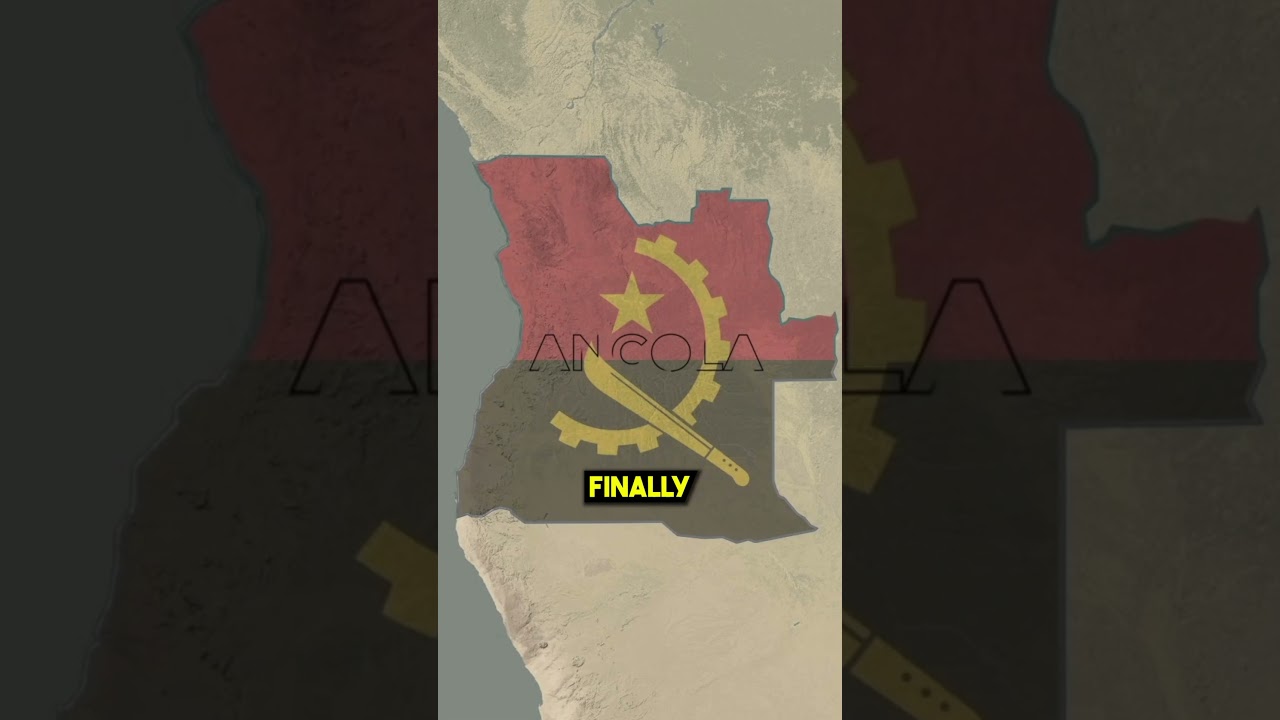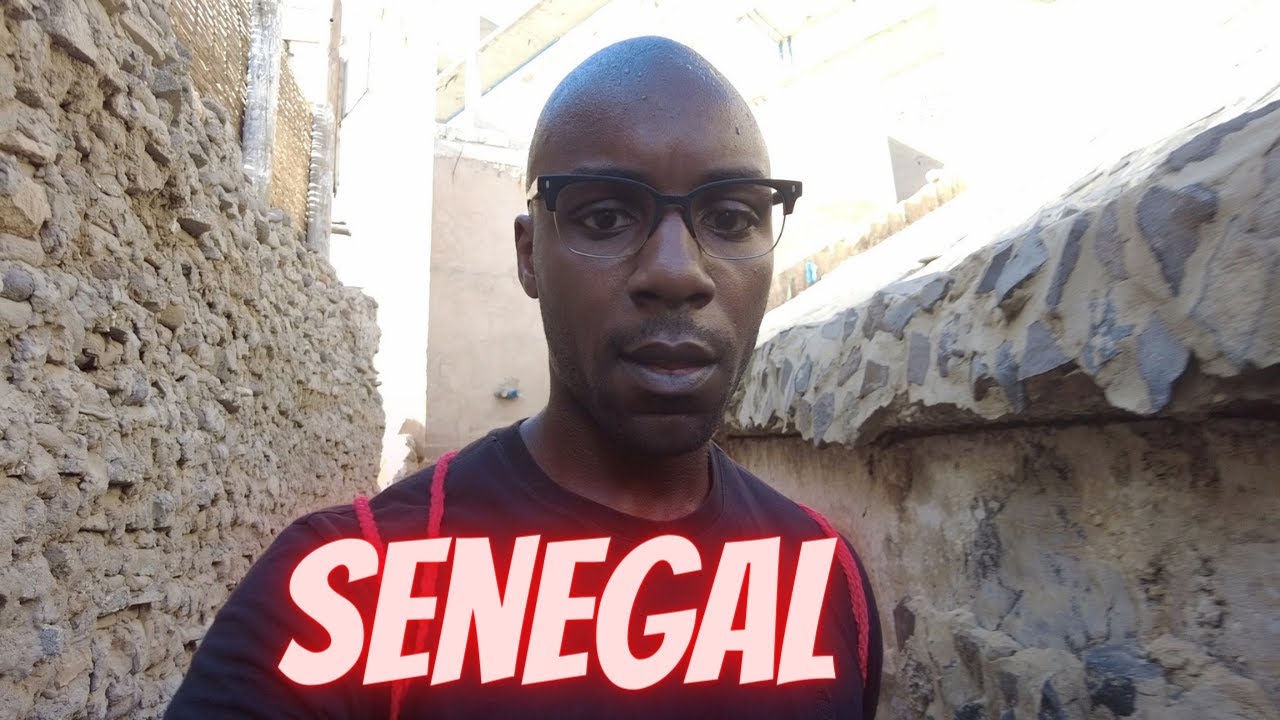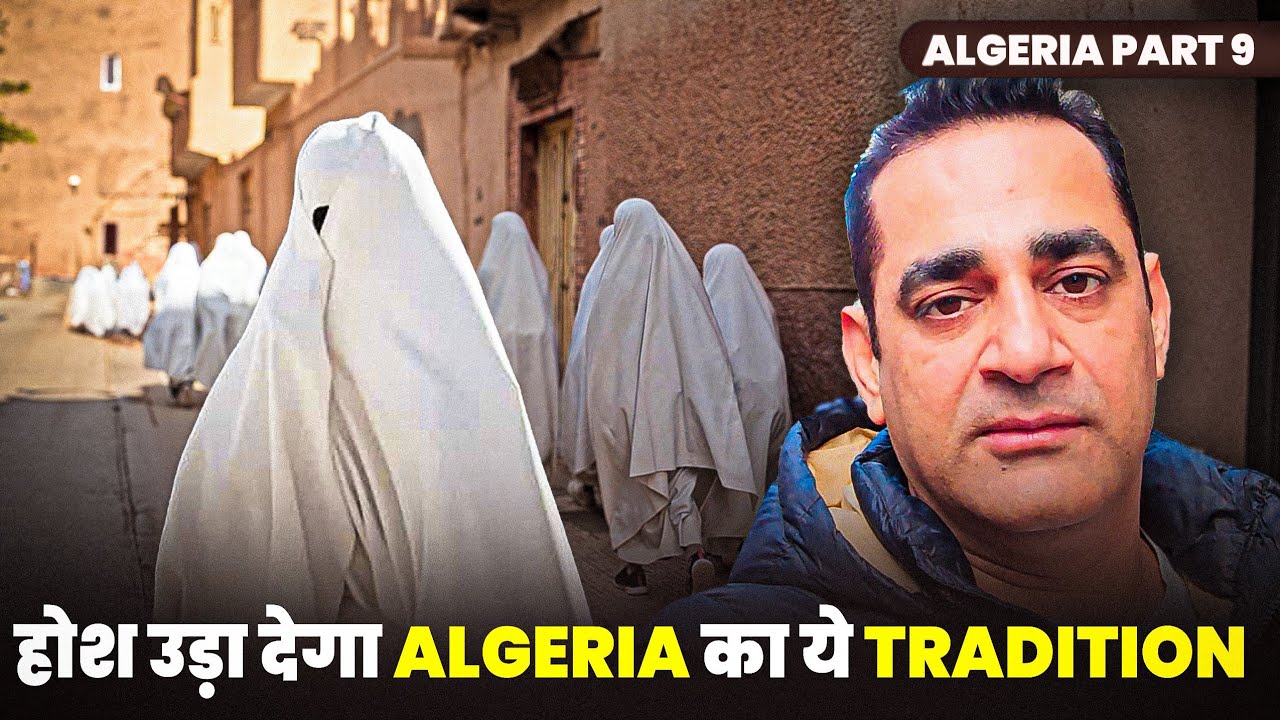
The Wild History Of Angola! 🇦🇴
The Wild History Of Angola! 🇦🇴
The Mwila are an African tribe living in the country of Angola. They’re most commonly known for their unique hairstyles and jewelry using cow dung, sea shells, and beads.
Watch The Full Video: https://www.youtube.com/watch?v=LPziTv654VA
source
Reviews
0 %












We explored this amazing country! The full video is on my channel!
❤🇦🇴❤ my motherland.
🇦🇴
lame historical account
America just can’t help butting in. War is like crack to Yanks.
beautiful country and people
Better to have a million dead Fighting than more millions sense to be slaves. Ffs. why do some people only see $$$ and not people?
RIP Savimbi. He was a real one.
Have you heard of brazil meme you're going to brazil
😢
1m is crazy
Wow.. Americans don't know about this..i didn't.know this .2002 unbelievable…
Hey I’m Brazilian.
I did not know my ancestors would do such a thing
Our history didn’t start with the Portuguese.
So very sad
I’m sorry but what does “by proxy” mean exactly? I’ve been trying to figure it out and search online but I still don’t understand
I'm portuguese with Angola blood
Portugal is concerned European?
Portugal really just came and said YOURE GOING TO BRAZIL, and dragged a few thousand poor Africans kicking and screaming to Brazil.
Meanwhile USA more concern about China (rep) reunion with China (taiw)… Also Israel genocide palastine in past 50 years but C H I N A
Always America,smh
Not americas job to do. So sad
Free & United Africa 🌍 it is time to wake up, ( the europeans must leave our homeland ) greetings from Western Sahara
Europe must compensate Africa for the atrocities carried out on our people .
It is estimated Portugese king Leopold 2 killed over 10 million in Africa
Sad 🪳
Toxic relationship,mf that's a huge under statement
GET the WORLD,,LEECHES, WICKED, WICKED non humans OFF OUR BACKS. WE CANNOT CARRY YOU ANYMORE!!!!!
First legal slave owner in America was from Angola.
Nope impossible only white Americans have done this.
That's sad.
All that pointless death
You make it sound like the portuguese were these “oppressors” but they are the ones that earn their right to rule it and shape it, and they did effectively by building their infrastructure, medicine, clothing, religion, language and culture throughout centuries worth of time, although I do condemned them for treating the native creole people like shit after the formation of the republic in 1910.
But anyways, Angola wasn’t a country when the Portuguese arrived they were 3 separate Kingdoms. It goes as follows, when they arrived to Kongo they took emissaries from Kongo back to Portugal and the emissaries were then baptised and remained a few years in Portugal.
When the Portuguese eventually came back, they brought European goods, religion and the emissaries along. After this by request of the King of Kongo, he was then baptised along with his family adopting the name of João I.
The Portuguese after this established an alliance with the Kingdom of Kongo helping them on a ongoing wars against teques invaders by providing them with firearms which would be a decisive help. Then his son Afonso l did succession to the throne and spread the new found religion further building schools, churches and giving their nobles higher education by sending them to Lisbon to study this was good and contributed to the growth of the Kingdom. Although he wasn’t pleased with the increase of slave trading being done by the Portuguese as it was highly profitable. And yes slaves were a thing because it’s a thing integrated all the way back to the Roman era and the slave sellers you guessed it, they were Africans that sold other war captive Africans, and this was done way before the Portuguese landed there, it just became way more noticeable thanks to it being extremely profitable. Then the Portuguese Paulo Dias de Novais secured a grant there allowing him to colonize what is now Angola. In exchange for agreeing to raise private funds to finance his expedition, bring Portuguese colonists and build forts in the country, the crown gave him rights to conquer and rule the sections south of the Kwanza River and conquering Luanda as Portuguese territory (Angola). Then Francisco Barbuda, persuaded the king of Ndongo that Portugal intended to take his country over. Acting on this intelligence, the king ordered the Portuguese to be killed and expelled.
The Kingdom of Ndongo then launched a massive assault to the Luanda region and when the Portuguese were defending the Kingdom of Kongo sent in reinforcements, despite this the reinforcements were all killed but even so the Portuguese held on and defended successfully on their own. Then there was a long war with Ndongo and Ndongo was then forced to ally with the neighbouring Kingdom of Matamba as military forces were depleting. Ndongo and Matamba were able to make a stalemate on the invasion and then and only then Angola was formed, that’s why even now they have internal conflicts with each other (civil war). Kingdom of Kongo, Kingdom of Ndongo and Kingdom of Matamba IS ANGOLA and was unified through a LOT of history and it isn’t shallow as you make it to be!
After all this was slavery was officially abolished by the Portuguese empire in 1875, and in 1910 did they became a republican state the authorities stamped out slavery and undertook the systematic conquest of Angola. By 1920 all but the remote southeast of the colony was firmly under Portuguese control. Kingdoms were abolished, and the Portuguese worked directly through chiefs, headmen, and African policemen. Conversions to Christianity increased, and by 1940 there were about a million Christians in Angola, some three-fourths of them Roman Catholics. Angolan “natives” were taxed and subjected to forced labour and forced cultivation, with a stringent set of tests imposed on the few nonwhite “assimilated persons” who applied to be exempted from these impositions. Increasingly, Portuguese immigrants replaced Creoles in the administration. This trend continued, forcing Creoles into positions with lower pay and prestige and ultimately leading to the growth of Creole-led nationalism. (Even though slavery was abolished, racism was present).
Angola’s economy was modernized and bound to that of Portugal by a system of protective tariffs. A network of dirt roads was built, and the Benguela Railway was completed to the boundary of the Belgian Congo in 1928. Lorries (trucks) and fixed stores replaced trading caravans. Coffee, sugar, palm products, and sisal came mainly from the estate sector, and corn (maize) and cattle from smallholders. The cultivation of cotton for Portuguese textile mills was imposed by force. Alluvial diamond mining dominated the northeast from 1912; the fishing industry expanded; and import-substitution industries were started.
After the independence of the Belgian Congo in 1960, a major revolt rocked northern Angola in 1961; it was followed by a long guerrilla war. Land alienation and forced labour sparked rebellion in the coffee zone, while in the Cuango valley the peasants rose against forced cotton cultivation. An attack on the prison in Luanda was led by frustrated Creoles. To contain the revolt, the Portuguese deployed large numbers of troops, set up strategic hamlets (forced settlements of rural Angolans), and, by encouraging Portuguese peasants to immigrate to Angola, raised the European population to about 330,000 by 1974. At the same time, they tried to improve relations with Africans by abolishing forced cultivation, forced labour, and the stringent tests to gain assimilated status. They also improved education, health, and social welfare services and protected peasants from land alienation. The economy entered into a period of sustained boom, marked by rapid industrialization and the growth of oil production, and the standard of living rose for both urban workers and rural producers.
The armed struggle continued, but the anticolonial guerrillas were seriously weakened by dissension.
And the rest of the history you’ve cover already.
🇦🇴
Portugal was actually very kind to the country , compared to other colonies!
Angola still being exploited by Eur*@peans.
First of all many angolans didn’t want independence and many of them fought for Portugal, this simplistic narrative of the “monster colonizer” is so dumb. Portugal had 400 years of presence in Angola, much of its big infrastructure was built by them and the native angolans were considered has Portuguese has their European brothers, Angola was not a colony but just an extension of Portugal… stop this “woke history” nonesense